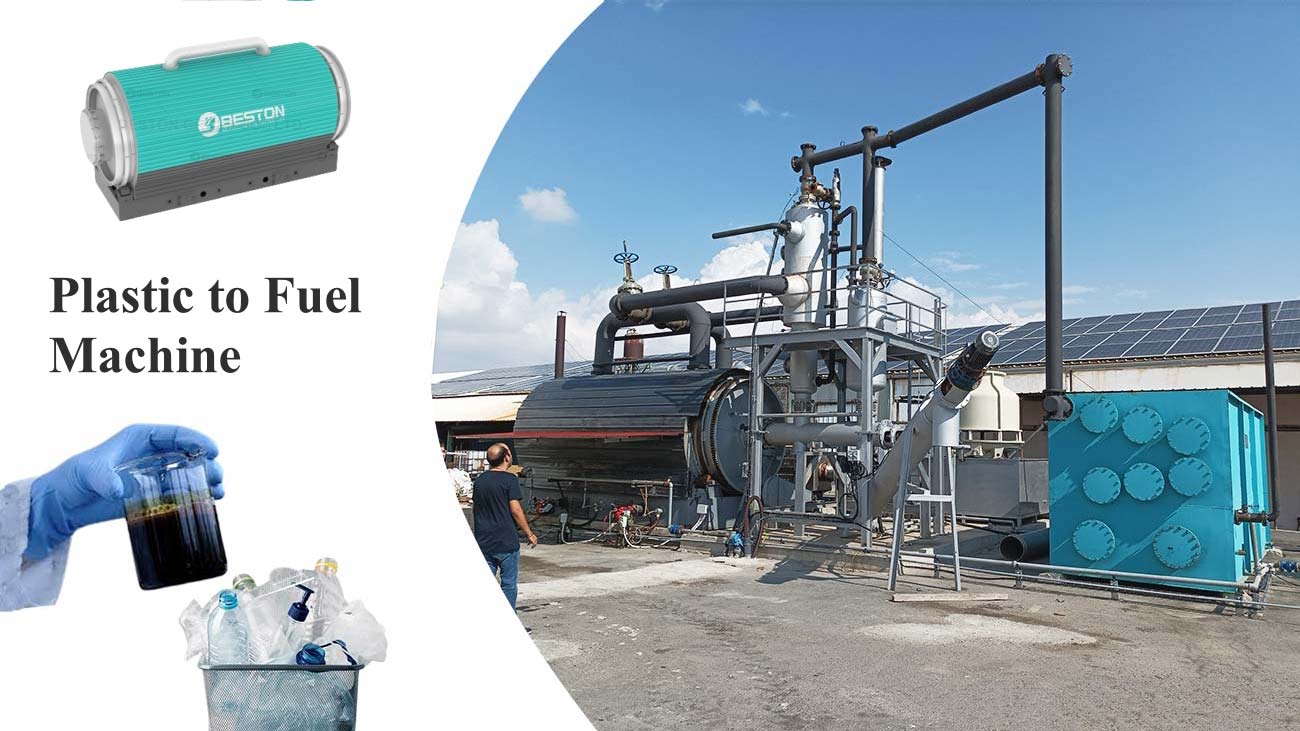As the global demand for sustainable waste management solutions grows, plastic pyrolysis machines are leading the way in converting discarded plastics into usable fuel. These machines are celebrated for their environmental benefits, which include reducing plastic waste, minimizing landfill use, and offering an alternative to fossil fuels by creating synthetic fuels. However, the wide range of names used to describe these machines can make it difficult to keep track of them all. Here’s a guide to understanding the different names and nuances associated with plastic pyrolysis machines.
1. Plastic Pyrolysis Machine
The term plastic pyrolysis machine is perhaps the most common and technically accurate name. It describes a machine specifically designed to process plastic waste through pyrolysis, a high-temperature chemical reaction that breaks down polymers in an oxygen-free environment. This process transforms plastic into valuable byproducts like synthetic oil, gas, and carbon black. The term emphasizes the technical process itself and is frequently used in industrial settings.
2. Plastic to Oil Plant
The term plastic to oil plant shifts the focus from the machine itself to a larger operational facility. A plastic to oil plant often includes several pyrolysis machines working together in a continuous process, along with other equipment for feeding, filtering, and storing. This setup is ideal for businesses aiming for large-scale conversion of plastic waste into oil. By referring to the entire system as a plant, this term conveys a sense of a high-capacity, fully integrated facility for long-term operations.
3. Waste Plastic Pyrolysis Equipment
Some manufacturers and industries refer to these machines as waste plastic pyrolysis equipment. This name not only specifies that the machine processes waste plastic but also places emphasis on the broad category of “equipment.” It can include additional systems or features like cooling, oil extraction, and gas cleaning components, giving businesses flexibility to choose a setup tailored to their production needs.
4. Plastic Into Fuel Machine
Another common term is plastic into fuel machine. This name highlights the machine’s purpose, which is to convert plastic waste into fuel. By using a plastic into fuel machine, industries can generate alternative fuel sources, such as diesel and gasoline-like oils, that can power engines, generators, and more. This term appeals to audiences looking for machines focused on fuel production from waste, such as companies in the energy or automotive sectors.

5. Fuel from Plastic Converter
The term fuel from plastic converter is a less technical but straightforward name, describing the machine’s ability to turn plastic into fuel. This name resonates well with a general audience, as it directly conveys what the machine does without going into technical details. This term is often used in marketing materials to make the concept accessible to the public.
6. Recycled Plastic Fuel System
In industries focused on recycling and sustainability, some refer to these machines as part of a recycled plastic fuel system. This name reflects the sustainability angle and positions the machine as part of a circular economy model where plastic waste is reintroduced as fuel, thus reducing dependency on virgin fossil fuels. This name appeals to eco-conscious businesses and those looking to promote a greener image.
7. Continuous Plastic Pyrolysis Plant
For larger-scale, ongoing operations, the continuous plastic pyrolysis plant is an ideal name. These plants are designed to handle a continuous flow of plastic waste, making them highly efficient for high-output facilities. The term “continuous” emphasizes that the plant can operate 24/7 without the need for stopping and cooling cycles, unlike batch processing machines.